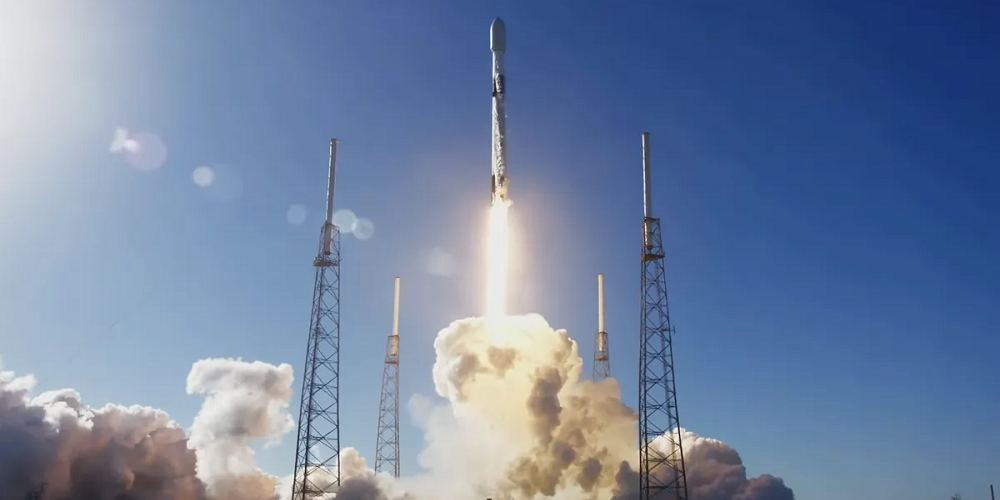The American private space company SpaceX successfully launched 114 satellites into space on January 3, 2022. The powerful Falcon 9 rocket took off from the Cape Canaveral launch site in Florida, the lower stage of which has already been used for the 15th time. This successful mission also marked the 200th launch of a rocket developed by SpaceX;
During SpaceX’s Transporter-6 mission, a total of 114 satellites were launched into space. The first satellite was evacuated 58 minutes after launch and 33 minutes after the last. In addition to dozens of small so-called “cube satellites”, which often weigh no more than 5 kilograms, the first Earth observation satellite, the EOS SAT, was put into orbit during this mission. The EOS SAT-1 weighs 180 kilograms and was developed by EOS Data Analytics (EOSDA). This company wants to have a network of seven Earth observation satellites in orbit by 2025 that can be used to study crops, agriculture and forests in detail. The data these satellites will collect should, among other things, teach companies and scientists more about where is best to plant or which crops are best used in particular locations. With the Transporter missions, SpaceX wants to give companies and scientific institutions the opportunity to launch small satellites like CubeSats into space at a low cost because they launch in large numbers at the same time.
More than thirty satellites launched during this launch come from the US company Planet and are used for commercial Earth observation applications. Planet was founded in 2010 and has already launched several hundred small satellites into space. All these nanosatellites will be called a “dove” and weigh no more than five kilograms. Planet Now is also a listed company with approximately 500 employees. This company aims to photograph the entire Earth’s surface each day in high resolution in order to quickly see changes and certain trends.
Among the many small satellites were also the Norwegian-Dutch nanosatellites Birkeland and Huygens. Satellites are not much larger than a carton of milk. It is about further development of equipment on Break 2, the first satellite that was successfully launched last year. With both new satellites, control experience can also be gained. This is not possible with BRIK II. The satellites are controlled from Norway and given missions by the Norwegian and Dutch operators. The names of the nanosatellites are references to the Norwegian physicist Christian Olaf Birkeland and the Dutch astronomer Christiaan Huygens. The system flies in tandem formation at an altitude of about 550 km in Earth orbit, at a distance of 15 to 25 km. This allows the satellites to simultaneously record signals and detect and identify specific radar systems. The satellites were developed within the MilSpace2 program. This is a collaborative project between the Dutch and Norwegian Ministries of Defense, the Norwegian FFI and NanoAvionics, and the Dutch Knowledge Institutes NLR and TNO. The MilSpace2 project will ultimately provide a specialized capability that is both strategic and operationally relevant. Strategic Mutual Assistance in Research and Technology (SMART), Military Use of Space (MilSpace) and Scientific and Technological Cooperation are elements of the agreement between the Norwegian and Dutch defense ministries.
This was the 200th launch conducted by the American aerospace company SpaceX since it was founded by Elon Musk in 2002. During this launch, the same low stage was also used for the 15th time. In 2023, SpaceX will launch at least 60 Falcon 9 or Falcon Heavy rockets, making SpaceX the most successful space company in the world.
Source: Defense. nl

“Thinker. Coffeeaholic. Award-winning gamer. Web trailblazer. Pop culture scholar. Beer guru. Food specialist.”







More Stories
YouTube also wants to show ads when you pause – DutchCowboys
Jupiter's moon Io was likely volcanically active billions of years ago
What we know about the new Chromecast with Google TV (4K)